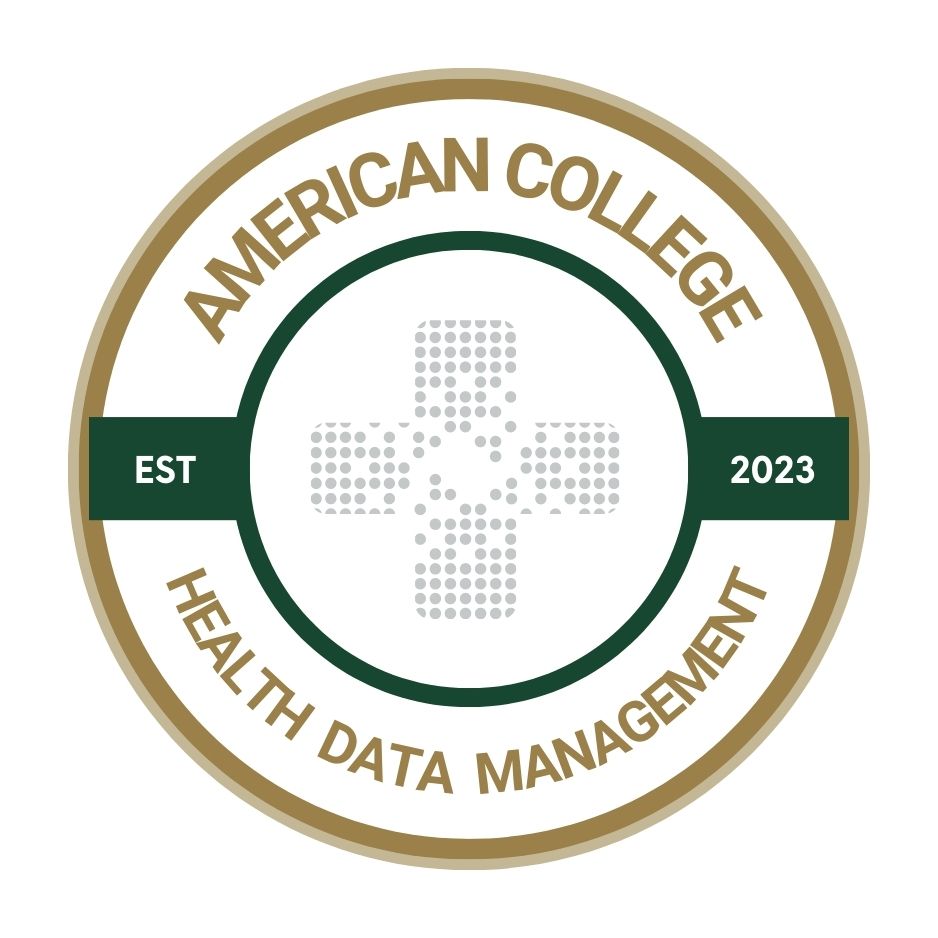3 data quality resolutions for health systems to make now
These steps are crucial for CIOs who want to improve their organizations’ data quality and information integrity in the year ahead.

Three in 10 Americans make at least one New Year’s resolution every year, according to the Pew Research Center. Most of these resolutions are focused on health, and among people who make resolutions, most stick with them.
Healthcare organizations (HCOs) also make annual resolutions. Their resolutions come in the form of strategic plans and annual budgets. Every HCO makes resolutions, and most keep them. Their resolutions usually include some form of EHR upgrade, optimization or replacement.
Because most EHRs in the U.S. were implemented in the wake of the 2009 HITECH ACT, they are more than a decade old and in dire need of an upgrade or substitution. Even the National Institutes of Health (NIH) plans to replace its decades-old legacy EHR, because 20 years of customization and complexity has made the system very difficult to maintain. As HCOs make major EHR changes in 2025, clinical data quality remains a primary resolution.
This article, the last in my three-part series, lists three resolutions for CIOs to make with an eye on improving their organizations’ data quality and information integrity in the year ahead. You can rely on an EHR vendor to support data quality, but the responsibility rests on your shoulders. The healthcare organization must be the owner of the data quality plan.
Resolution 1: Pay attention to legacy systems and data
A recent College of Healthcare Information Management Executives (CHIME) poll found that 25 percent of participants lacked defined guidelines for the migration and retention of legacy systems data content into new EHRs and other systems. George Fuechsel’s common phrase, "garbage in, garbage out," remains relevant today.
Any new EHR system will process only what it is given, even if the legacy data imported into it is incorrect. EHR vendors are a supporting contributor and advisor to the data quality plan for a new EHR, but ownership of data quality remains with the HCO.
My last article provided three suggestions for legacy systems and data when moving to a new EHR platform. These considerations include:
- • Use Lean techniques before implementation kickoff to ensure alignment toward future state and the gaps that need to be addressed while migrating off your current state.
- • Assess legacy systems and their data to avoid long-term costs and to ensure appropriate scoping and budgeting of the migration effort.
- • Make information governance a forethought, not an afterthought.
The final recommendation in the article suggests that health system CIOs also plan for data validation. Data validation goes beyond the three most common steps of legacy data migration: extract, transform and load (ETL). Data validation ensures proper attention and resourcing are devoted to clinical data quality.
Resolution 2: Plan and budget for complications
Our experience across dozens of EHR upgrades, optimizations and replacements shows that even the most detailed implementation plans experience last-minute snafus when preparing data readiness. Two of the most common complications are the need for document management and manual data abstraction to ensure all required patient data is properly moved and available in the new EHR on day one.
Here are four common scenarios experienced by our teams.
- • There will be some essential patient data that can't be easily or effectively migrated from a legacy platform in a systematic manner.
- • Acquired physician practices often use manual or legacy systems that lack digitized data transfer capabilities.
- • Patient problem, allergy, medication and immunization (PAMI) data are common pieces of information that require manual data entry and verification within new systems.
- • Document management technologies (including OCR) may also be needed to digitize and transfer other relevant patient information into the new EHR.
Other ways to ensure physicians have easy access to all relevant patient information include creating patient summary documents from the legacy systems and using outsourced clinical abstraction teams. In both scenarios, data quality and integrity must be ensured. This makes the need for knowledgeable and reliable staff a vital part of every EHR data quality plan to enhance clinician satisfaction and patient safety in the new system.
Resolution 3: Foresee AI’s use of data
More HCOs are adopting automation and early-stage AI technologies at a faster pace to gain a competitive advantage and streamline operations. The use of AI in healthcare has accelerated and a slowdown isn’t predicted any time soon.
However, proper analytics and AI processing are dependent on the accuracy and cleanliness of the underlying patient data. Dirty data leads to incorrect analytical outcomes and biased AI outputs. If patient data that is transferred from old to new systems is not accurate and complete, investments in advanced analytics and AI technologies will not be optimized. These realities make timely investments in clinical data quality programs necessary in the healthcare industry.
Health system leaders who commit to optimal clinical data quality for each system implementation — and long-term across every step in the patient journey — ultimately improve our nation’s healthcare outcomes overall.
Better data integrity leads to more informed decision-making, reduced errors, and ultimately, better care.
So realize this: 2025 is only a few short months away. According to the Pew Research Center, “There are many reasons not to keep resolutions.” However, resolutions to advance data quality in healthcare should never be broken. Patient care and the financial health of our nation’s HCOs depend on it.
Jim Hennessy, FACHDM, is president of e4health, a consulting firm specializing in healthcare IT.
